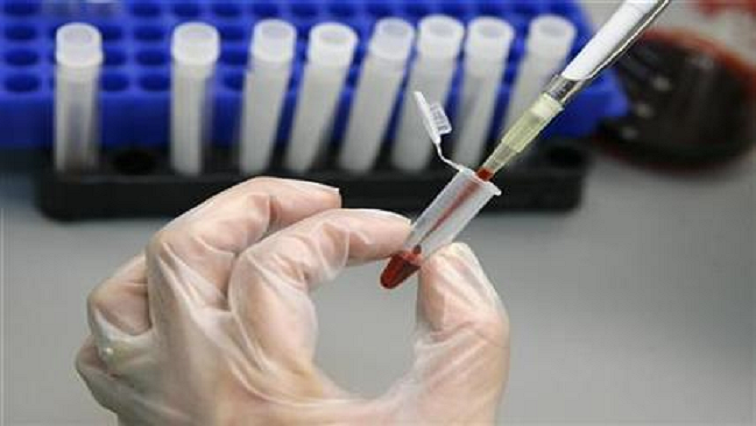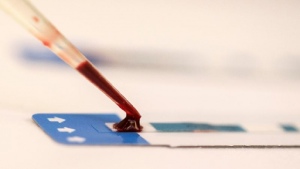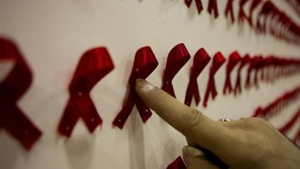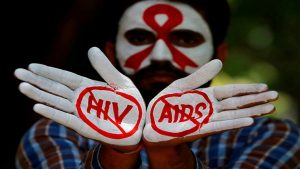The South African National AIDS Council says there’s been a reduction in the number of new HIV infections among young girls in South Africa.
The number of new HIV infections among girls and women aged 15 to 24 has been a major challenge in the HIV/AIDS response in the country, partly because of the sugar daddy phenomena.
#WeveGotThePower to end the AIDS epidemic and to leave no one behind. New @UNAIDS report on Women adolescent girls and the HIV response holds a mirror to inequalities and injustices. https://t.co/hzo6ZLrL4R
— UNAIDS South Africa (@UNAIDS_ZAF) March 5, 2020
Co-Chairperson of SANAC, Steve Letsike spoke at the launch of the UNAIDS report on the state of women ahead of International Women’s Day on Sunday.
Four decades into the global HIV epidemic, Aids-related diseases remain the highest contribution to deaths among women.
Martha Clara from the Ugandan Network of Young People Living with HIV/AIDS says HIV has been prevalent among women because of injustice.
“For years the face of HIV has been pinned on the face of a woman and it still is. This is due to injustice. I found out I was HIV positive at 14, but had it all my life. My father as a single parent didn’t let me access healthcare.”
One of the most critical focuses has been on the reduction of new infections, specifically in young women. While the numbers among young girls are dropping, it’s still unacceptably high.
Letsike says new infections in young women has gone down to 1 200 from 2 500.
“Five years ago we were reporting that we had 2500 new infections among young girls per week in SA, but right now we are reporting 1200 new infections per week. So we are seeing a reduction of new infections in SA amongst girls, thanks to treatment but also thanks to the power and resilience that young girls have.”
@CsfSanac @SA_AIDSCOUNCIL https://t.co/nvHB9VV0z4
— Sandile Buthelezi (@SANAC_CEO) March 5, 2020
Gender-based violence
Gender-based violence is also one of the major drivers of high infections rate. Winnie Byanyima, Executive Director of UNAIDS, has commended President Ramaphosa for his efforts to deal with the scourge.
“A political leadership that has identified this problem and mobilised the whole of government and civil society to work to tackle gender-based violence; I salute your country for that. It is a major driver. It’s the sexual relations that are violent that are driving the higher vulnerability of women and girls.”
While much has been done, there’s still a long way to go to reach the goals of reduction to 100 000 new infections by 2020.






